
After rolling a few, do you look at your score and ask yourself, “how did I do?” If you’re new to bowling, it’s normal to wonder how your score stacks up to others like you.
Bowling averages are often compared between bowlers of similar ages, and this type of comparison can yield valuable information about your current skill level and future trajectory in the sport.
So, in this article, we will share with you the average bowling score by age group. So, what is the average bowling score? Let's get started.
Contents
- 1 What Is an Average Bowling Score?
- 2 Average Bowling Score by Age for Kids Under 10
- 3 Average Bowling Score for Pre-Teens 10 to 12
- 4 Average Bowling Score for Teens 13 to 19 Years Old
- 5 Average Bowling Score for Adults 20 to 30 Years Old
- 6 Average Bowling Score for Adults 31 to 50 Years Old
- 7 Average Bowling Score for Adults 50+ Years Old
- 8 Other Factors that Affect Your Average Bowling Score
What Is an Average Bowling Score?
On average, new bowlers can expect to score between 20 and 70 points, depending on their age. With practice, most teen and young adult bowlers can score between 120 to 190 points on a regular basis. Scores on the higher end of the range take considerable practice, but they are certainly achievable. Keep reading to learn more about average scores for each age group.
Key Takeaways
- Average Bowling Scores by Age: New bowlers score 20-70 points; teens and young adults often hit 120-190; adults 20-30 may achieve 170-220; seasoned bowlers (31-50 years) can reach 200-250; those over 50 often score 120-150 but can maintain 200 with practice.
- Improvement Tips for All Ages: Practice regularly, select a ball of manageable weight, wear proper footwear, and focus on technique improvement. Joining a league offers valuable learning and style development.
- Equipment and Conditions Matter: Comfort with your bowling ball and shoes enhance performance. Bowling lane conditions (clean, smooth, well-oiled) also significantly impact scores.
- Scoring Basics and Goals: Calculate your average by dividing total pins by games played. Aim for scores reflecting skill and practice level, with personal improvement as the primary goal.
- Enjoyment Above All: Regardless of age or skill level, the primary purpose of bowling is enjoyment. Focus on fun, and consider any improvement a bonus.
Average Bowling Score by Age for Kids Under 10
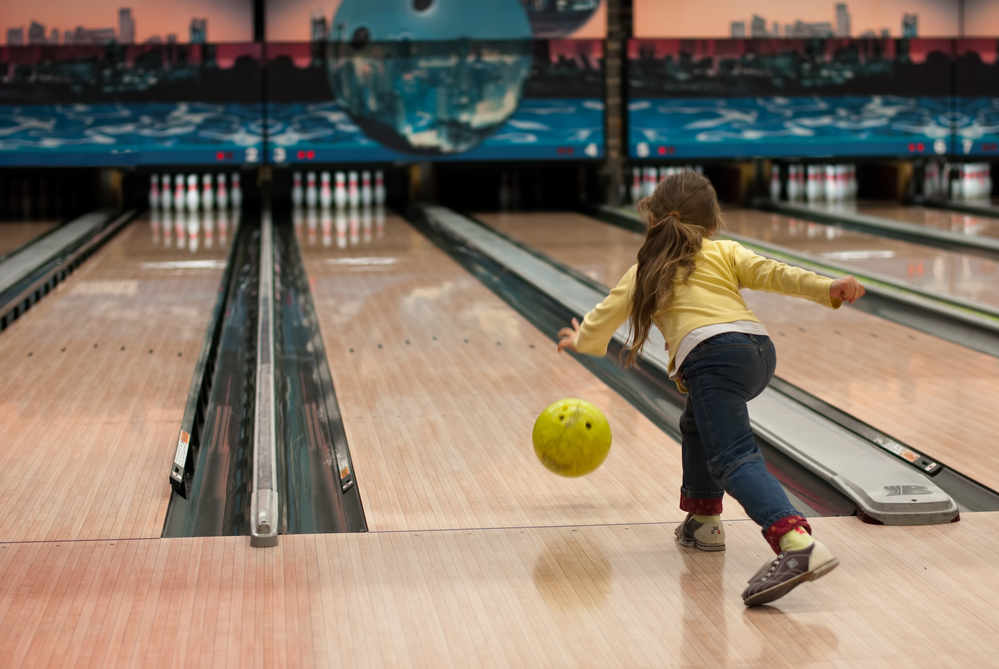
A bowling score for the little ones will usually fall between 20 and 70. Unfortunately, low bowling scores can be disappointing for kids, especially those older than ten.
So, raise the bumpers, give them a very light ball, and cheer them on, no matter how many pins they hit. You have a new junior bowler if they are giggling and overjoyed after their first few throws!
| Age Group | Average Score Range | Tips for Improvement |
|---|---|---|
| Kids Under 10 | 20-70 | Use light balls, raise bumpers, focus on having fun |
| Pre-Teens (10-12) | 70-120 | Practice straight shots, choose manageable ball weight |
| Teens (13-19) | 120-190 | Focus on technical aspects, join a bowling league |
| Adults (20-30) | 170-220 | Master hooks, shot placement, consider bowling career |
| Adults (31-50) | 200-250 | Use gloves/wrist braces for grip, compete in leagues |
| Adults (50+) | 120-150 (can maintain 200 with practice) | Maintain practice sessions, focus on enjoyment |
Average Bowling Score for Pre-Teens 10 to 12

In most cases, children 10 to 12 years old are likely to have average scores of 70 to 120. Low scores are expected, as many children don’t have the skill or strength to swing the ball just right.
Kids this age may rarely get strikes, and spares might be few and far between.
Instead, kids in this age group should focus on scoring spares to increase their average. It can be deflating for a young bowler not to get a strike every time, but practicing a straight shot and dropping those straggling pins will bump their score.
During this time in a child's life, bowling scores begin to take on a measure of importance. So, parents should help their children build a foundation of good habits and bowling techniques.
Choosing a ball with a manageable weight, wearing proper footwear, and learning lane awareness are all great at this stage. With some consistency and diligence, their scores will begin to grow.
Average Bowling Score for Teens 13 to 19 Years Old
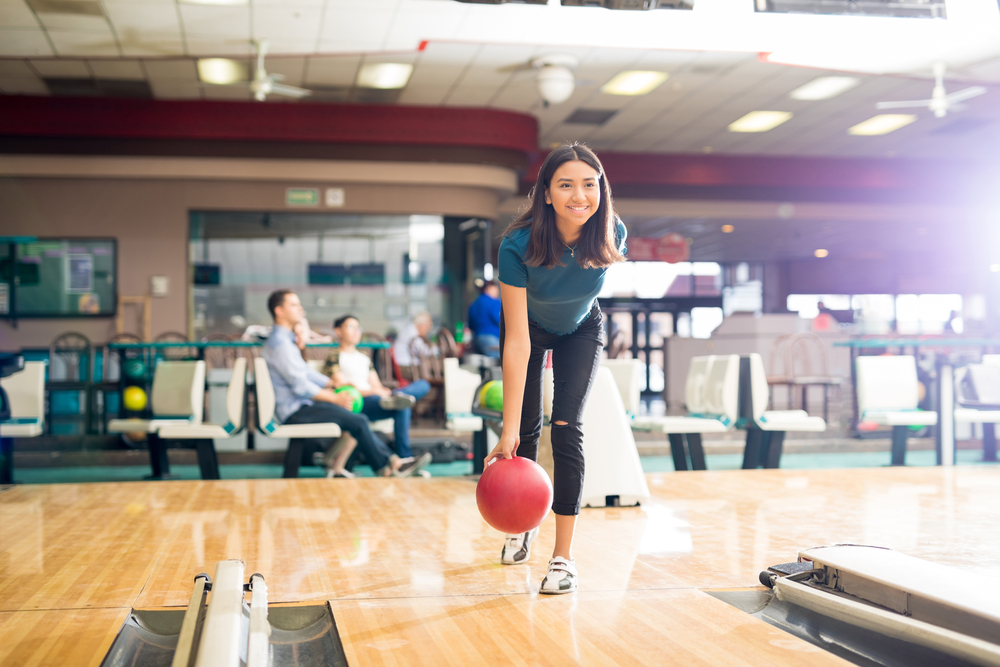
For teen bowlers who practice regularly, an average score of 120 to 190 is entirely attainable. Most teenagers who have enjoyed the game will now embrace the sport.
Embracing the sport and physical growth will lead most teens to a better command of the game. By now, arm swing and ball weight should be set. Now, they can focus on the more technical aspects of the game, like swing form, force, and spin.
This is also the perfect time to join a local bowling league. In a league, a bowler will begin to establish their style and approach to the game. Leagues are also an excellent educational tool for improving scores and learning how to make adjustments.
Average Bowling Score for Adults 20 to 30 Years Old
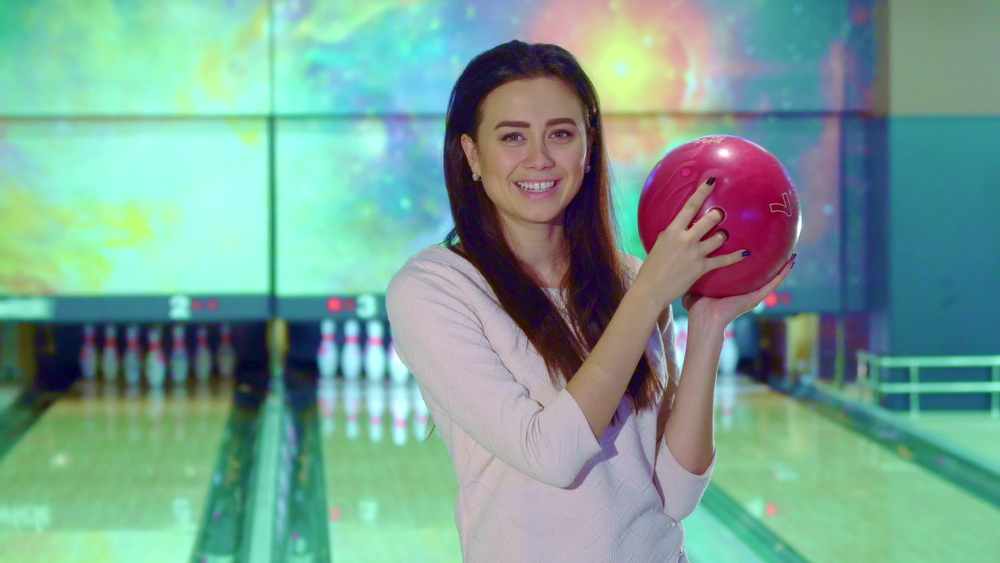
Bowlers between the ages of 20 and 30 can expect scores ranging from 170 to 220. Physical maturity and development are in place, so the average bowler in this age group doesn't contend with physical barriers.
Due to this, bowlers can master hooks, shot placement, and body control.
Bowlers in this age bracket can now look at their average score and determine whether they want to play as casual bowlers, league bowlers, or shoot for a professional career.
This is not to say there’s no hope of becoming a professional bowler if you don’t hit these averages. However, if a bowler in this age group is consistently bowling over 200, they should probably work on cultivating a career in bowling.
Average Bowling Score for Adults 31 to 50 Years Old
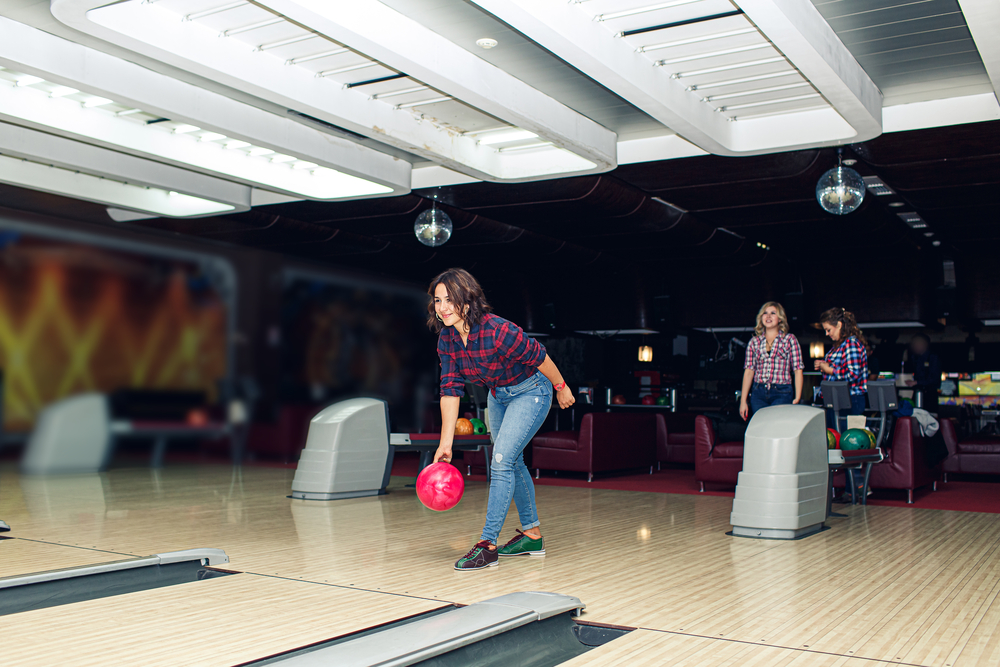
If a bowler has reached 30 years old and has been bowling regularly for several years, their average score should hover between 200 and 250. At this point, they likely have considerable skill at their disposal and may be looking for competitive advantages.
A glove and wrist brace are worth considering to improve ball grip and release. Most find simple lane talc useful for their sweaty hands or grippy shoes. Others feel burdened by these additions.
Having worked hard to achieve these impressive averages, a career in bowling is possible. Most players in this category actively participate in leagues and have honed all the necessary skills to grab a few trophies and, hopefully, some cash prizes! The lowest bowling score in this group would be anything less than 100.
Average Bowling Score for Adults 50+ Years Old
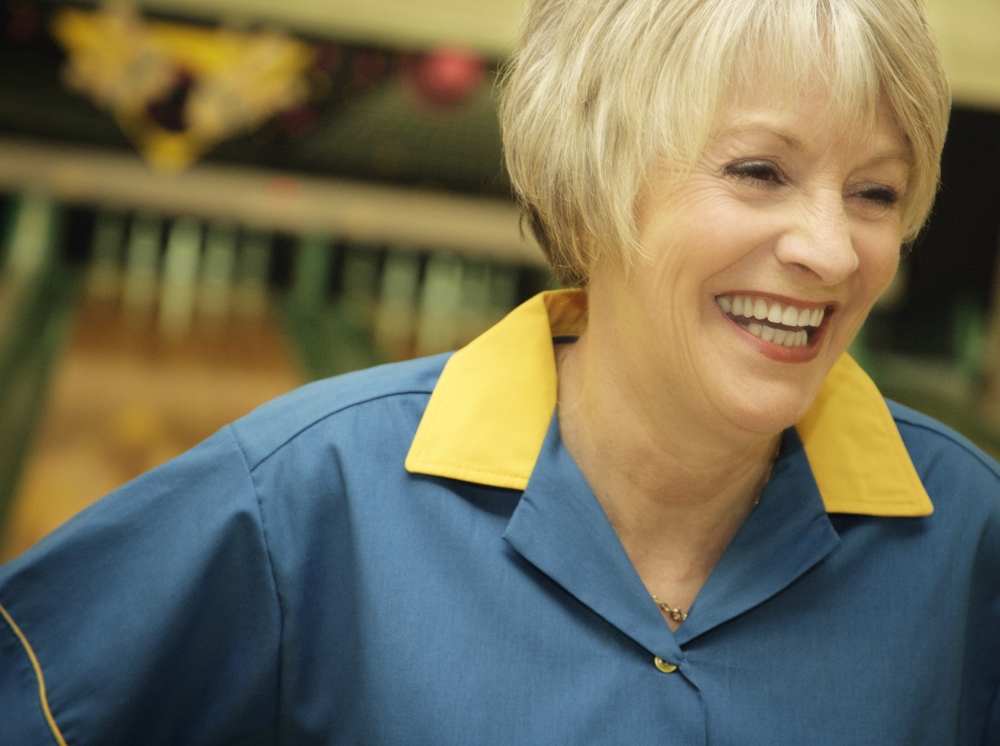
Time waits for no one; after 50, our bodies start to feel the pangs of older age. For this reason, a bowler may only score an average of 120 to 150 as a casual player after 50 years of age.
But with regular practice sessions, there is no reason that a mature player can't maintain an average score of 200.
Often, people may not even focus much on their bowling score at this age. And this is a good thing if they are having trouble scoring as highly as they’d like.
Other Factors that Affect Your Average Bowling Score
Age is a pretty good determinant of your potential bowling average, but it’s far from the only one. This explains why some young bowlers can outplay adult bowlers or why some elderly bowlers beat out young adults.
In this section, we’ll introduce you to some other facts that affect your average bowling score.
- How often do you bowl? The more you bowl, the more chances you have to refine your skills. Just like with other sports, practice helps to enhance your bowling skills. So, someone who bowls twice a week is likely to have a higher bowling average than someone who only bowls a few times a year.
- Whether you’re used to your equipment. Your comfort level during play is directly connected to how well you ultimately score. So, if you haven’t yet found the right bowling ball weight or shoe size, you’re not likely to play at your full potential. Conversely, someone who has been using the same ball for years may score consistently better than someone who hasn’t. So, if you’re trying to boost your bowling score, find a ball that you feel comfortable bowling with and stick to it. Also, always make sure that your bowling shoes fit comfortably.
- Your bowling lane. A smooth, clean, oiled lane is much more conducive to a high score than a dirty, damaged one. Take a good hard look at the lane the next time you go bowling. It should look clear and slick without any visible depressions or scratches. If the lane is not pristine, it could negatively affect your game.
This is not an all-inclusive list of factors affecting your bowling average. There are tons of factors that could be at play.
We want to stress in answering the question, what is the average bowling score, the averages in this article are estimates. Since so many other factors are in play during a bowling game, it’s essential to focus on practicing and developing your technique.
What Is the Average Score in Bowling for a Man?
The average score for a male bowler can vary greatly depending on several factors, including age, experience, and frequency of play. For instance, a young adult male bowler aged 20-30 might average scores ranging from 170 to 220, while older men over 50 might see averages of 120 to 150 or even 200 with regular practice. The scores can also be influenced by the individual's equipment comfort, bowling lane conditions, and overall skill level developed over time.
Is 255 a Good Score in Bowling?
255 is an excellent score in bowling. Considering the maximum possible score is 300, achieving a 255 indicates a high level of skill, consistency, and accuracy in knocking down the pins. It's a score that both casual and professional bowlers would be proud of, reflecting a near-perfect game.
What Is a Good Bowling Average for a Woman?
A good bowling average for a woman can depend on age and experience. There isn't a specific average score tied to gender, as bowling scores are more influenced by individual skill level, practice, and experience. For example, adult women who are regular players might aim for scores well above 150 to 200. Consistent practice, the right equipment, and technique refinement are key factors that improve any bowler's average score over time.
How Do You Calculate Your Bowling Average?
Calculating your bowling average is straightforward. You divide the number of pins knocked down by the number of games played. For example, if you've knocked down 500 pins over the course of 5 games, you would divide 500 by 5 to get an average score of 100 per game. Keep track of your scores over multiple games to get a more accurate measure of your average performance.
Related Articles
- Proper Bowling Grip To Increase Your Average
- What Basic Equipment Is Needed for Bowling for Beginners
My Final Words
Achieving a good average bowling score varies and hinges on the understanding that the average score varies significantly across different skill levels and age groups, with the maximum score in professional bowling competitions reaching up to 300 points. Whether practicing at your local bowling alley or aspiring to compete professionally, remember that a bad average score is merely a starting point for improvement. Bowling, a sport celebrated for its blend of skill and strategy, rewards those who dedicate time to mastering the art of consecutive strikes and fine-tuning their technique.
If you dream of becoming a professional bowler someday, focus on the incremental improvements and the strategic aspects of the game—practice regularly, analyze your performance, and remain consistent in your efforts. With dedication and the right approach, transitioning from casual play to professional levels is not just possible but an achievable milestone.
Kira Byrd, a Certified Fraud Examiner, holds a B.S. in Accounting from the University of Alabama at Birmingham. With a passion for bowling from her childhood, Kira has poured her expertise and personal experiences into creating and nurturing Bowling For Beginners. Kira's mission is to meet new bowlers where they are and guide them toward consistently achieving higher scores. With a focus on skill development and strategic techniques, she empowers readers to take control of their game and unlock their true potential.
Bowling For Beginners embodies strict editorial integrity, ensuring reliable and unbiased information. Kira's commitment to delivering valuable insights and practical strategies is reflected in every article. Here's an explanation of our editorial policy and how we get money.





